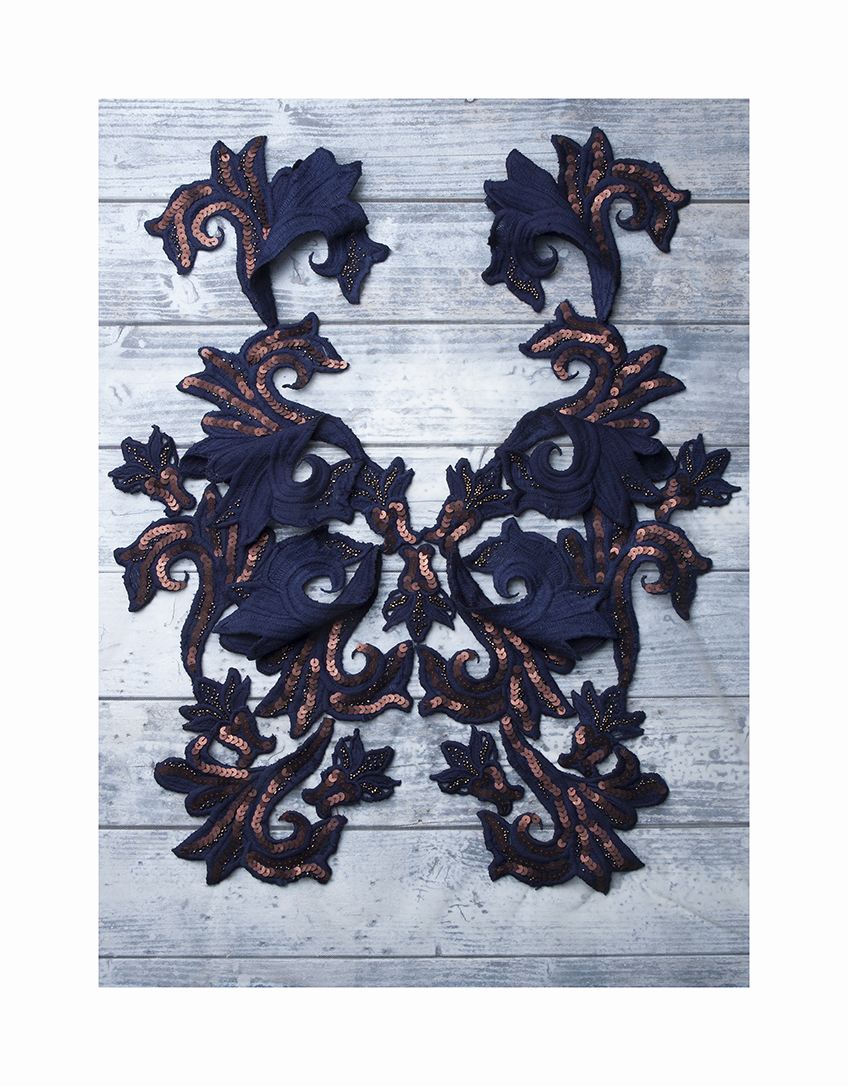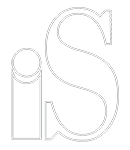
23 Mar Embroidery with a mixed technique: Machine embroidery with sequins’ application and later inlay with inside out petals stopped by hand
One of the processing techniques that most characterises the company I Sartisti is the hand and machine embroidery.
Embroidery is the handicraft of decorating fabric with needle and thread and it may also incorporate other materials such as pearls, beads and sequins.
First, it is necessary to make a distinction between these two types of embroidery. They are not considered only two different ways of doing a decoration on fabric but the machine embroidery has developed different and peculiar stitches and also different compositions and applications.
Hereinafter there is an example of embroidery realised by our team:
Embroidery with a mixed technique: Machine embroidery with sequins’ application and later inlay with inside out petals stopped by hand.

This embroidery has been realised using different processing techniques to add value at the garment. This particular type of embroidery belongs to the 3D embroidery “family”. In this case, in addition to the classic and flat embroidery processing techniques, we try to make the embroidery more soft with a profundity effect of the ramage.
The embroidery is composed by many stages of processing and many operations. The subject has been taken directly from a wallpaper photographed with the dimensions 1:1 and starting from this image, the “punching” has been realised. The “punching” is the technique used in the embroidery’s realisation and it corresponds to the transformation process of whatever pattern or photo in real stitches.
So, the “puncher” is the person that transforms a draw into the program used by the machine embroidery to the effective realisation of the work. At this stage of the work, thanks to his great experience, he has the responsibility to achieve the best possible result considering many different factors as draughts, fabrics, threads and stabilisers. In this way, the ability and the experience of the “puncher” will determine the best outcome. Everything he will have inserted in his “embroidery program”, it will be reproduced in a series with multi-head or mono-head embroidery machines.
Another technique used in this type of embroidery is the laser cut of some parts already embroidered. The processing is very similar to the technique used in the realisation of the “punching” but with different programs.
However, differently from the human touch, technology can not give an excellent outcome and in fact it was necessary a finishing by hand to obtain this embroidery. In addition, the sequins have been appliqué by hand and stopped with some straight stitches made with needle and thread.
Moreover, the material on which the embroidery has been realised is a specificity of this processing technique. The fabric infact may be used on both sides (front and back) to add movement at the embroidery and to create different shades of colour.
I can conclude saying that the company I Sartisti considers the embroidery technique an important strong point thanks to its attention to the detail and to its continuous and dynamic experimentation of special, traditional and also impressive embroideries.


